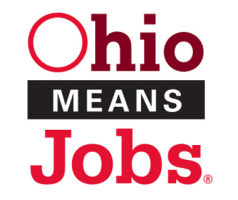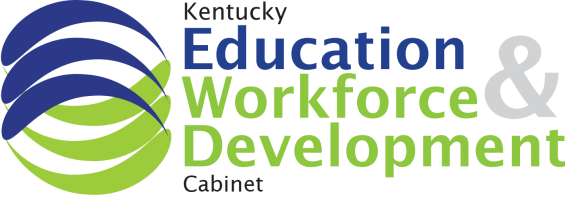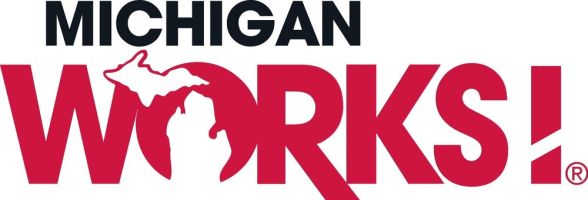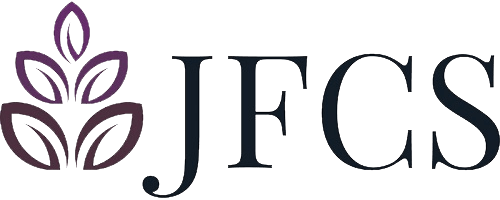
Supply Chain Management, Risk Management, and Lean Six Sigma
Lean Six Sigma and SCM
BPG Regional Director and Supply Chain Management Consultant (SCM) J.B. Wilcox tells his students and consulting clients “There is a lot of crossover between the principles of Lean Six Sigma (LSS) and a well-run supply chain.” These principles include trust, focus on data, measuring system reliability with KPIs, ensuring systems and processes run smoothly, identifying and mitigating potential risks, and listening to the Voice of the Customer (including the consumer, internal stakeholders, government regulators and vendors).”
A Lesson in SCM Risk Thinking.
To help us begin to better understand how some LSS principles are applied to SCM, and how a SCM team begins to identify risks to a supply chain, J.B. shared steps he might take to identify risks associated with acquiring raw materials for a product.
After identifying the critical raw materials, J.B. would assign each to figurative buckets. For example, there might be a bucket for raw materials that can only be purchased from one vendor. All companies that require these raw materials use that same sole vendor. Another bucket would be designated for raw materials that, by company policy, must be purchased from a specified single vendor. For each bucket, J.B. and the SCM team would brainstorm risk scenarios and strategies to avoid or mitigate those risks. For example, what if the single source vendor went out of business or had equipment failure and could not handle demand? The SCM team might recommend allowing for two vendors instead of one. For a sole source vendor, risks might include “What happens if another vendor enters the marketplace and needs that limited material too?” Response strategies might include establishing higher safety stock on inventory levels, redesigning the product so it is not dependent on a sole source, or acquiring the sole source vendor. (Note: An important, but sometimes overlooked LSS principle to apply when dealing with vendors is trust: being open abut requirements, changing needs, and potential problems.)
Lean Six Sigma Tools for Risk Analysis
Multiply that single example by all phases of the supply chain and we can begin to understand how complex SCM can be. J.B. recommends using a Pareto chart to segment out supplier, raw materials, and even customers, to help prioritize the business risk. From there a FMEA chart would be prepared and presented to the business to help them make decisions about each risk. A FMEA chart typically includes the risk, the priority ranking, and recommendations for addressing.
J.B.’s advice and process for anyone analyzing a supply chain is to:
- Identify as many risks as possible
- Identify which risks can be planned for and
- look for ways to exploit opportunity.
If you’d like to learn more about SCM, visit the Council of Supply Chain Professionals (CSCMP) (https://cscmp.org/).







